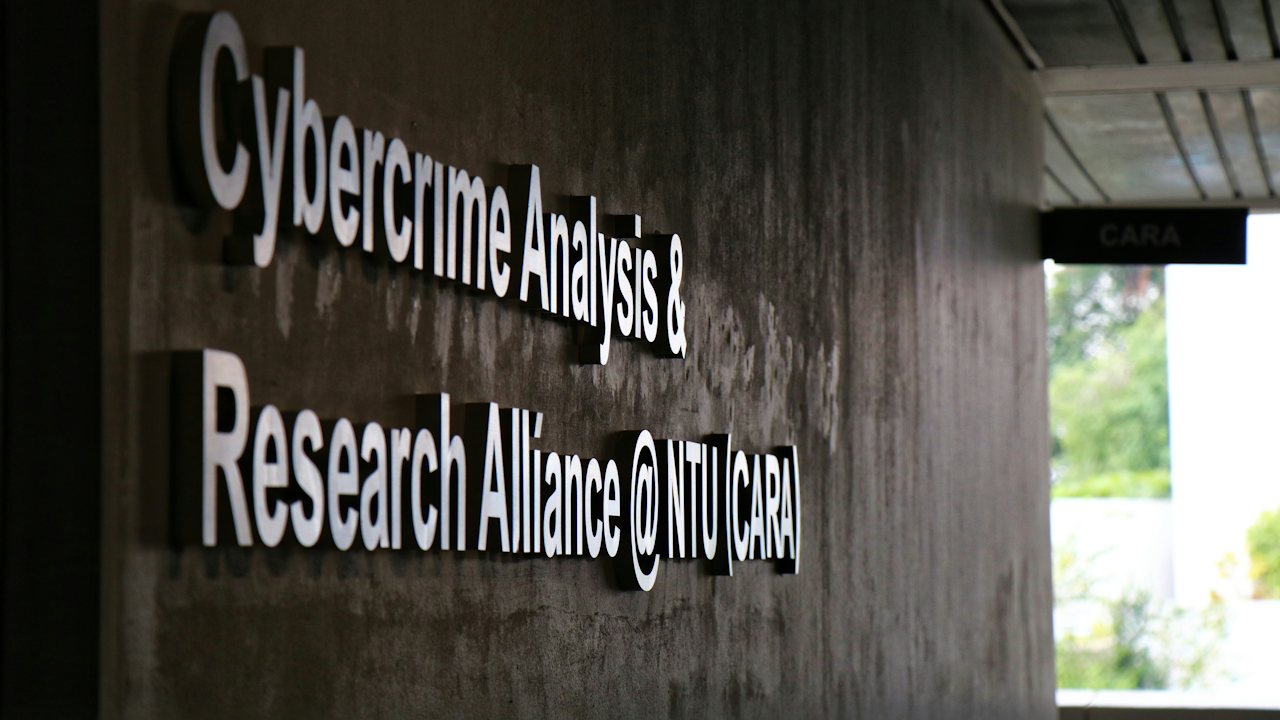In today’s rapidly advancing digital landscape, the interplay between emerging technological threats and innovative defensive strategies defines the battleground of cybersecurity. As technology evolves, so too does the arsenal of malicious actors seeking to exploit vulnerabilities. Simultaneously, breakthroughs in defensive measures are being developed to outpace these threats, creating a dynamic environment of challenge and innovation.
The Rising Complexity of Cyber Threats
Cyber threats are becoming more sophisticated, driven by advancements in artificial intelligence (AI), machine learning (ML), and interconnected devices. Among the most alarming developments is the proliferation of AI-driven cyberattacks. These threats use AI algorithms to learn and adapt, enabling highly targeted phishing campaigns, automated hacking attempts, and polymorphic malware that changes its code to evade detection.
Deepfake technology, once a niche curiosity, has become a powerful tool for cybercriminals. By creating realistic fake audio and video content, attackers manipulate individuals and organizations into taking actions that compromise security. For example, deepfakes have been used in corporate fraud schemes, such as mimicking the voice of a CEO to authorize fraudulent transactions.
The Internet of Things (IoT) adds another layer of vulnerability. With billions of devices connected globally, each endpoint represents a potential entry point for attackers. Many IoT devices lack robust security features, making them easy targets for exploitation. Botnets, such as Mirai, have demonstrated how IoT devices can be hijacked en masse to launch distributed denial-of-service (DDoS) attacks, overwhelming systems and causing widespread disruption.
Ransomware has evolved beyond simple extortion to double and even triple extortion models. Attackers not only encrypt victims’ data but also threaten to leak sensitive information or target victims’ stakeholders unless their demands are met. This multi-pronged approach amplifies the pressure on victims, increasing the likelihood of payment.
Nation-State and Supply Chain Threats
Nation-state actors remain a significant force in the cyber threat landscape. These entities often possess vast resources and advanced capabilities, enabling them to conduct long-term, highly sophisticated operations. Cyber espionage campaigns target critical infrastructure, governmental institutions, and private corporations to extract sensitive data or disrupt services. The SolarWinds breach highlighted the devastating potential of supply chain attacks, where compromising a trusted software provider granted attackers access to thousands of downstream systems.
Supply chain threats are particularly insidious because they exploit trust relationships. By targeting widely used software, hardware, or service providers, attackers can infiltrate vast networks with a single point of compromise. As organizations increasingly rely on third-party vendors and cloud services, the risk of supply chain attacks continues to grow.
Breakthrough Defensive Strategies
Amid these evolving threats, cybersecurity innovations are emerging as powerful countermeasures. One of the most significant breakthroughs is the application of AI and ML in defense. Unlike traditional systems that rely on pre-defined rules, AI-driven tools analyze vast amounts of data in real-time, identifying anomalies and potential threats with unprecedented speed and accuracy. Behavioral analytics, for example, monitors users’ activities to detect deviations from normal patterns, flagging suspicious actions before they escalate.
Zero Trust Architecture (ZTA) is gaining traction as a foundational principle in cybersecurity. Unlike traditional perimeter-based models, which assume that everything inside the network is trustworthy, ZTA operates on the premise of “never trust, always verify.” Every user, device, and application is continuously authenticated and authorized, reducing the risk of insider threats and lateral movement within networks.
Quantum computing, while posing potential risks to current encryption methods, is also driving advancements in cryptographic defenses. Post-quantum cryptography (PQC) is being developed to create algorithms resistant to quantum attacks. These new standards aim to safeguard data in an era where quantum computers could potentially render traditional encryption obsolete.
Another innovative defense strategy involves the use of deception technology. By deploying decoy systems, files, and networks, organizations create traps that lure attackers into revealing their tactics without compromising actual assets. This proactive approach not only mitigates damage but also provides valuable intelligence about adversaries.
Collaborative Defense and Threat Intelligence Sharing
As cyber threats transcend borders, collaboration has become a cornerstone of effective defense. Governments, industries, and academic institutions are increasingly sharing threat intelligence to improve collective security. Platforms such as Information Sharing and Analysis Centers (ISACs) facilitate real-time communication about emerging threats, enabling faster responses and reducing the effectiveness of attacks.
Public-private partnerships are also critical in developing and deploying robust defenses. For instance, the cybersecurity community has collaborated with law enforcement agencies to dismantle ransomware gangs and disrupt botnets. Operation EMMA, a joint effort by Europol and international partners, successfully dismantled a network responsible for millions of cyberattacks.
Cybersecurity awareness and education are equally essential in strengthening defenses. Human error remains a leading cause of security breaches, often exploited through phishing and social engineering. Comprehensive training programs help individuals recognize and respond to potential threats, transforming them into the first line of defense.
The Role of Regulation and Policy
Governments and regulatory bodies play a vital role in shaping the cybersecurity landscape. New policies and frameworks aim to enforce stricter security standards and hold organizations accountable for safeguarding data. For example, the General Data Protection Regulation (GDPR) has not only enhanced privacy protections but also incentivized companies to adopt stronger security measures.
Cybersecurity insurance is another area where policy intersects with defense. Insurers are encouraging best practices by offering reduced premiums for organizations that implement robust security protocols. This financial incentive aligns with broader efforts to elevate the baseline of cybersecurity across industries.
The Ongoing Evolution
The interplay between technological threats and defenses is a constantly evolving cycle. As attackers leverage emerging technologies to exploit vulnerabilities, defenders must innovate to stay ahead. The challenges are significant, but so too are the opportunities to create a more secure digital ecosystem.
Investments in AI, quantum-resistant encryption, and collaborative frameworks underscore the resilience of the cybersecurity community. At the same time, the importance of education, policy, and public-private collaboration highlights the multifaceted approach required to combat evolving threats. While the battle against cybercrime is far from over, breakthroughs in defensive strategies offer hope for a safer and more secure future.

